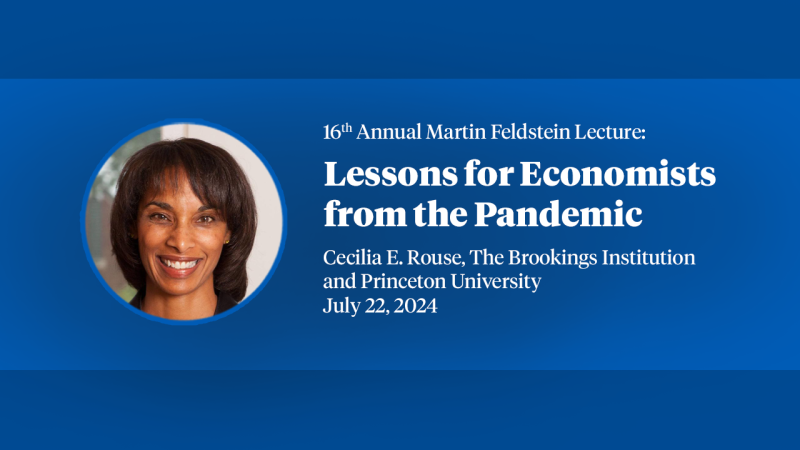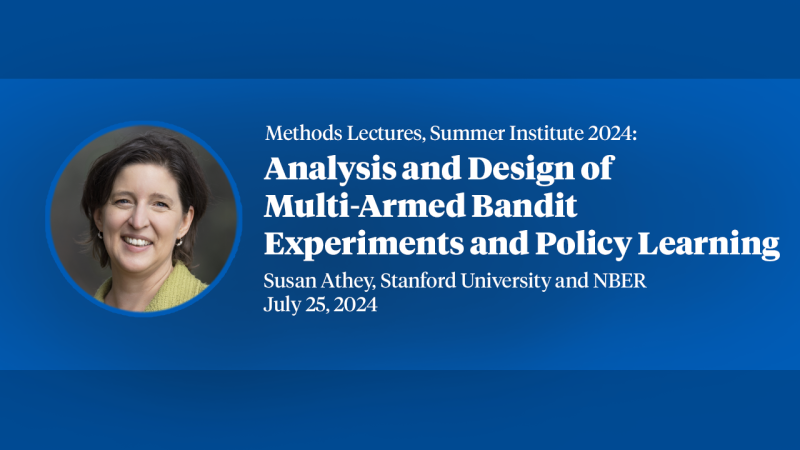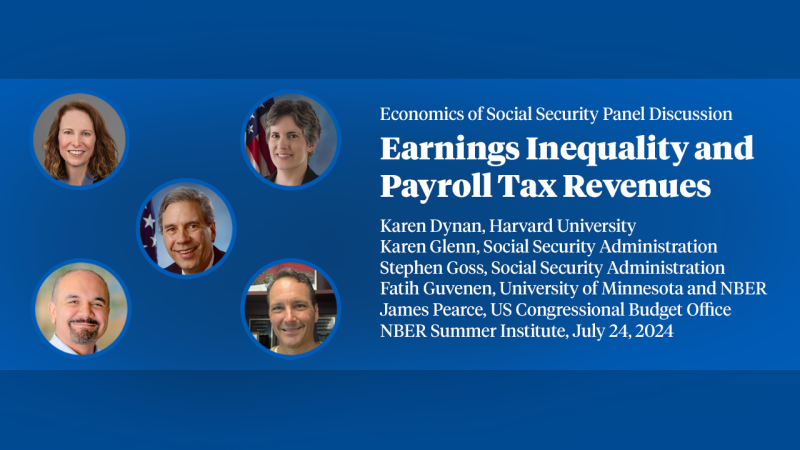Do Time-Constraints Matter? How, Why, and For Whom?
Exams are designed to rank students objectively by their abilities, including elements such as time limits, the number and difficulty of questions, and negative marking policies. Using data from a lab-in-field experiment, we develop and estimate a model of student behavior in multiple-choice exams that incorporates the effects of time constraints and use it to conduct policy analyses for designing more efficient exams in sorting students. We find that additional time benefits men more than women. Our estimated model shows that this is driven by gender differences in the signal production function for the correct answers. Time has a smaller impact on women, while ability and difficulty play a larger role. Risk aversion, in contrast to what is suggested in the literature, does not differ significantly by gender, and confidence rises with more time. Our policy experiments find that exams more effectively rank students when ranking is gender-specific and that time pressure, question difficulty, and student ability have non-monotonic effects on sorting.


